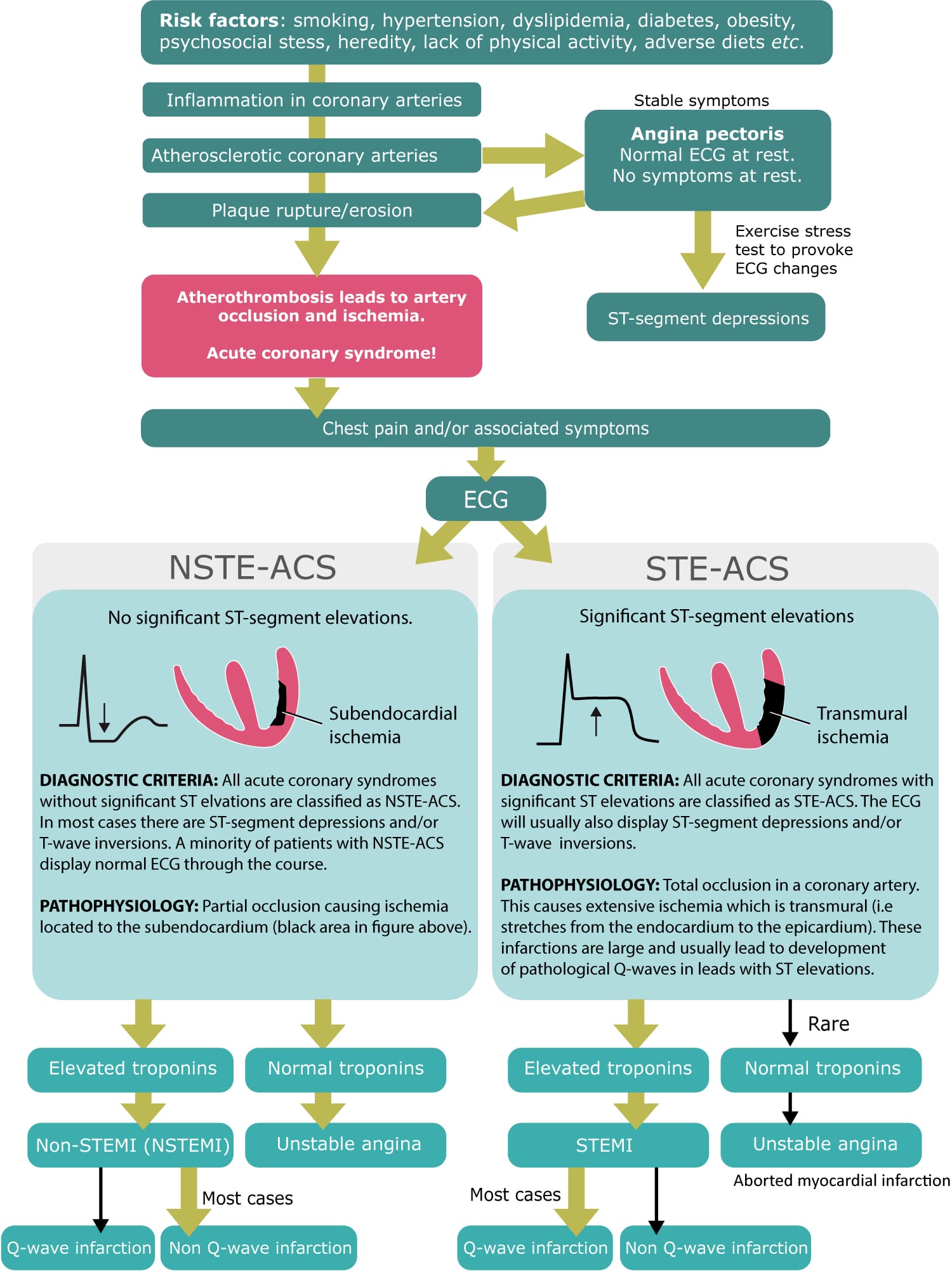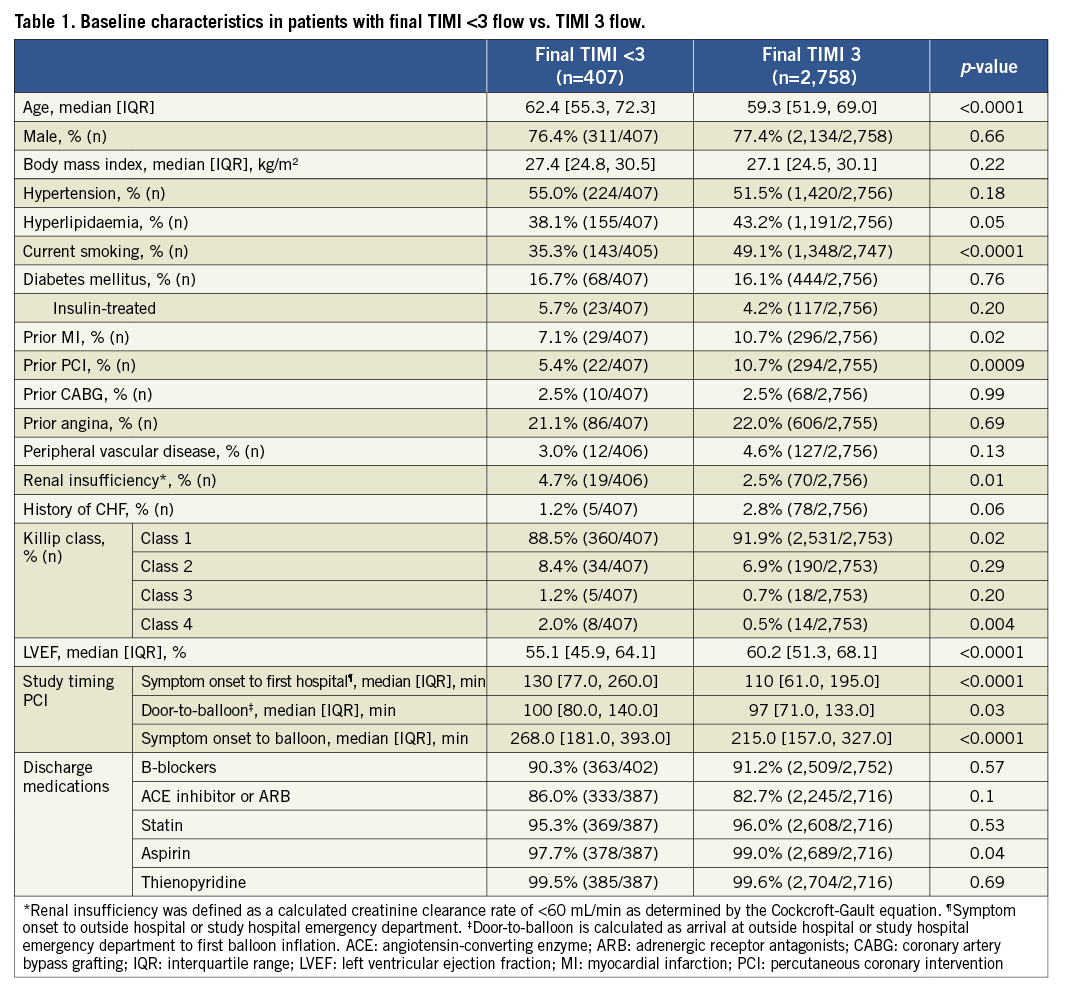

The incidence of coronary artery ectasia has been reported to be 0.3 to 5.3% of patients undergoing coronary angiography.


IntroductionĬoronary artery ectasia is the abnormal dilatation of a segment of coronary artery to 1.5 times or more the size of adjacent normal segment of the artery. Larger ectasias are associated with slower coronary flow. Among patients undergoing angiography, CAE has a prevalence of 3.8% and Markis type IV is the commonest. Ectasia length was not significantly correlated with TFC, rho (17) = 0.334. There was a positive correlation of moderate strength, between ectasia size and TFC, r(17) = 0.598. Patients with CAE and CAD had significantly higher TFC compared to controls. In isolated CAE, the RCA, LAD, and LCx were equally involved (33.3%). Among CAE and CAD patients, the RCA was most involved (70.4%), and Markis type IV CAE was the commonest (64%). Of these 16.7% had isolated CAE, while 83.87% had CAE and CAD. We measured ectasia size and length and their correlation with TFC in ectatic right coronary arteries (RCA) of patients with CAE and CAD. We evaluated angiograms of 789 patients for presence of CAE, coronary artery disease (CAD), and Markis type of CAE. In ectasia patients, there is delayed coronary flow with increased TFC. TIMI frame count (TFC) is an index of coronary flow that correlates with flow velocity. Coronary artery ectasia (CAE) occurs in 0.3 to 5.3% of patients undergoing coronary angiography.


 0 kommentar(er)
0 kommentar(er)
